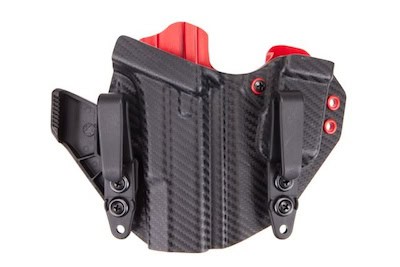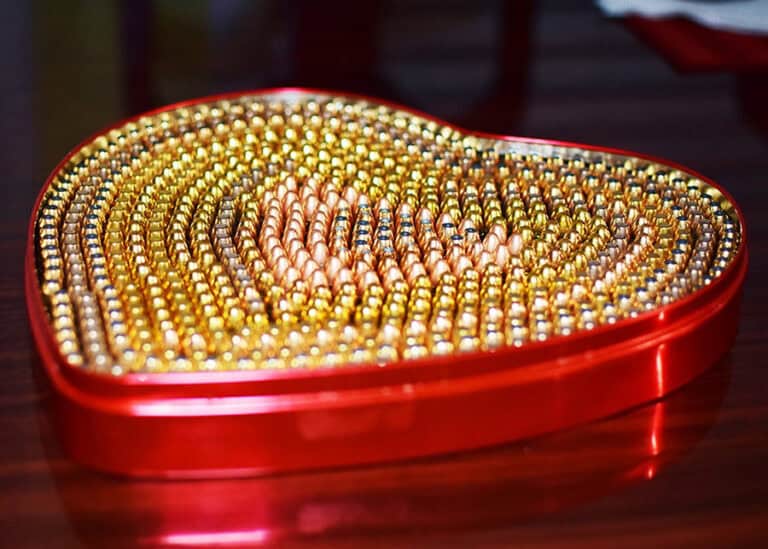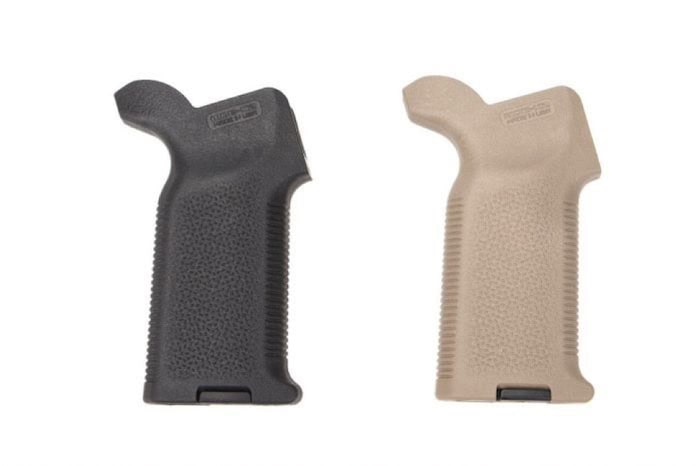Springfield Armory Saint Victor—The Pro-Grade Saint
Springfield Armory’s latest creation, the Saint Victor, is the next evolution of SA’s…
Springfield Armory’s latest creation, the Saint Victor, is the next evolution of SA’s…
Diamondback Firearms has announced a collaboration with TALO Distributors to produce and bring…
Tyrant CNC has been on our radar for a while now, producing deftly…
• Built for road trips and off-road use• Manual transmission equipped• Wrapped in MultiCam Arctic…
I designed the Button Man to give shooters a low-round-count, low-light-engagement drill that involved both…
The V Exercise was created for those who would like a continuous moving-and-shooting exercise that…
The Browning Automatic Rifle (BAR) is a family of United States automatic rifles (or machine rifles) and light machine guns used by the United States and numerous other countries during the 20th century. The primary variant of the BAR series was the M1918, chambered for the .30-06 Springfield rifle cartridge and designed by John Browning in 1917 for the U.S. Expeditionary Corps in Europe as a replacement for the French-made Chauchat and M1909 Benet-Mercie machine guns.
The BAR was designed to be carried by advancing infantrymen, slung over the shoulder or fired from the hip, a concept called "walking fire"—thought to be necessary for the individual soldier during trench warfare. However, in practice, it was most often used as a light machine gun and fired from a bipod (introduced in later models). A variant of the original M1918 BAR, the Colt Monitor Machine Rifle, remains the lightest production automatic gun to fire the .30-06 Springfield cartridge, though the limited capacity of its standard 20-round magazine tended to hamper its utility in that role.
Although the weapon did see some action in World War I, the BAR did not become standard issue in the U.S. Army until 1938, when it was issued to squads as a portable light machine gun. The BAR saw extensive service in both World War II and the Korean War and saw some service early in the Vietnam War. The U.S. Army began phasing out the BAR in the late 1950s and was without a portable light machine gun until the introduction of the M60 machine gun in 1957 and later M249 Squad Automatic Weapon in the mid-1980s.
* The views and opinions expressed on this web site are solely those of the original authors and contributors. These views and opinions do not necessarily represent those of Guns & Tactics Magazine,
the administrative staff, and/or any/all contributors to this site.
Jerry has been a criminal justice professional for nearly two decades. He is a US Navy Veteran, self-proclaimed Second Amendment scholar, gun rights advocate, and NRA Life Member.
IWA & OutdoorClassics and Enforce Tac 2012: Industry gathering continues successful development New records for exhibitors and visitors Meeting in Nürnberg: international, colourful and varied Enforce Tac: premiere…

In today’s video we are checking out LAS concealment’s holsters. Tons of kydex on the market today, how does LAS stand up? Check it out.

Valentine’s Day is fast approaching, why not get them what they want without breaking the budget. Handgun accessories for under $100.

Let’s face it one of the best parts about owning an AR15 is the ability to customize all of the parts to get the rifle exactly how you…

U.S. LawShield is holding a live YouTube event on Tuesday, February 22, 2022, at 11 AM CT titled “Crucial Brandishing Mistakes to Avoid.”
Guns & Tactics visits the XS Sight booth at SHOT Show 2012 to preview the XTI™ (Xpress Threat Interdiction™) angle mount sights for AR-15 rifles. These back-up iron…
© 2025 UN12 Magazine
© 2025 UN12 Magazine
Wait! Don’t forget to